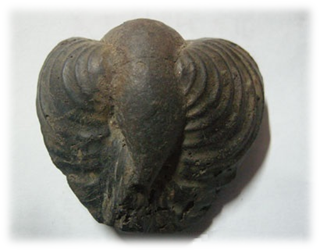In honor of the upcoming Ganesh Chaturthi festival in just two days time, today’s Shaligram discussion will be a re-visitation of the Ganesh Shaligram! One of my favorites, not only for the meanings behind it but because, honestly, it’s just so cute!
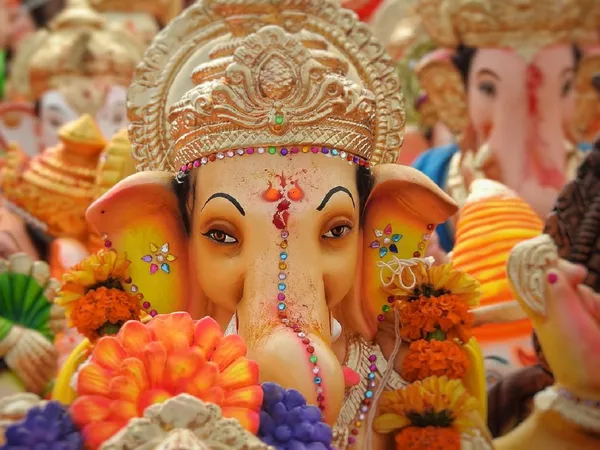
Ganesha, also known as Ganapati and Vinayaka, is one of the best-known and most worshipped deities of the Hindu pantheon. The characteristic image of the elephant-headed god is found throughout India, Sri Lanka, and Nepal, and it is not uncommon for a variety of Hindu traditions to worship him regardless of other deity affiliations. Devotion to Ganesha is also widely diffused among Jains and Buddhists.
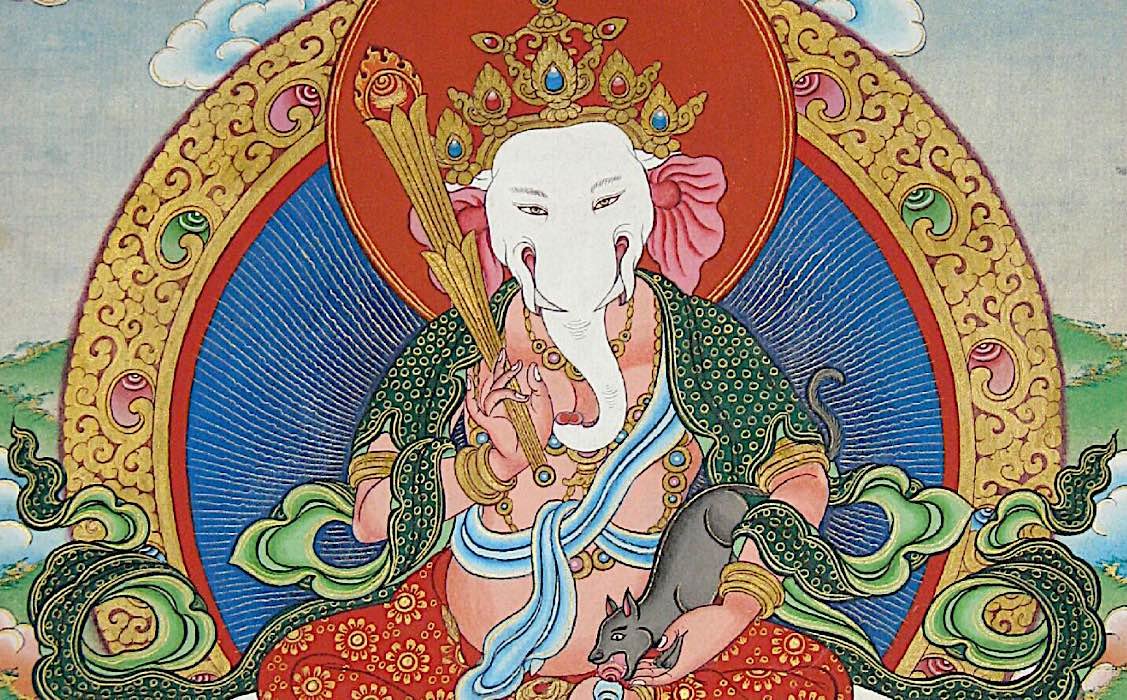
Ganesha emerged as a distinct deity in the 4th and 5th centuries AD, during the Gupta period, although he inherited traits from a number of Vedic and pre-Vedic precursors. He was formally included among the five primary deities of Smartism in the 9th century and was later elevated to the status of supreme deity by the Ganapatya sect. The worship of Ganesha is generally considered complementary with the worship of other deities, however, Hindus of all traditions often begin prayers, important undertakings, and religious ceremonies with an invocation of Ganesha.
The “worship of the five forms” (pañcÄyatana pÅ«jÄ) system, which was popularized by Adi Åšaá¹…karÄcÄrya, invokes the five deities Ganesha, Vishnu, Shiva, DevÄ«, and SÅ«rya and is still common throughout South Asia today, particularly in Nepal.
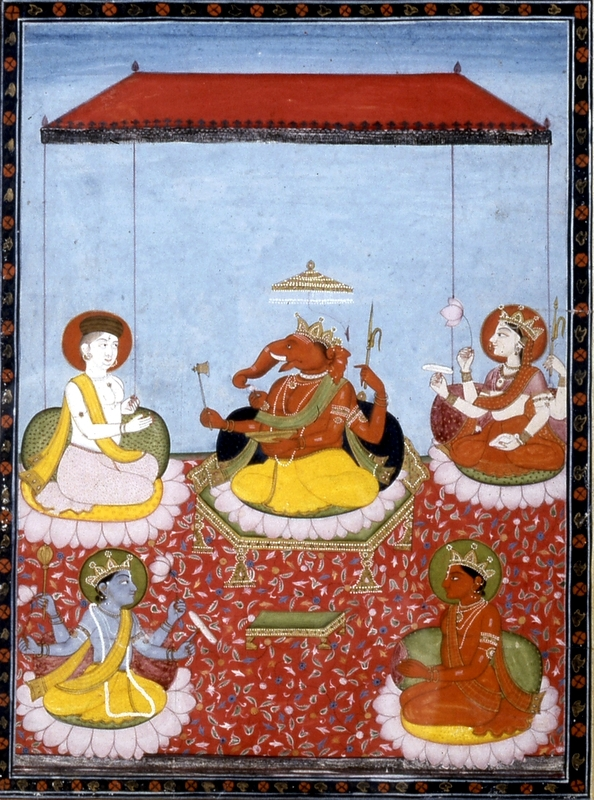
Ganesha is widely revered as the remover of obstacles, as a patron of arts and sciences, and as the god of intellect and wisdom. As the god of beginnings, he is often honored at the start of rituals and ceremonies and is invoked as patron of letters and learning during classes or in academic conferences. As such, the Ganesha Shaligram is used similarly; as a gift during weddings or other festivals and as a focus of worship prior to the undertaking of new endeavors in school, business, or life in general.
More broadly, Ganesh Shaligrams are associated with an ability to face challenges, resolve conflicts, or surmount difficulties in life and are most often included in household altars that make a point to collect Shaligrams of the “five forms†worshipped in the household.
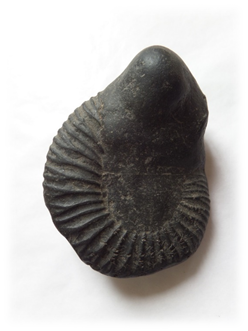
While not typically included in Puranic lists of Shaligram categories, the Ganesh Shaligram is widely sought after and is often included as a variation of other Shaligram name-types, particularly Shiva and Shiva-Parvati Shaligrams.

The Ganesh Shaligram bears the distinctive shape and markings of an elephant’s head, either turned sideways (with “trunk†curling downwards as in photo 1) or forward (with the “trunk†splitting the śila down the center as in the above photo).
In rarer variations, the Ganesh Shaligram combines a series of features, including “ears†of the Bivalve (Retroceramus) – similar to the Anirudda Shaligram — and additional markings indicative of a seated man with a rotund belly.
